Resource: United Kingdom

False and Stale Seedbeds: The most effective non-chemical weed management tools for cropping and pasture establishment
A practical guide for farmers and growers wanting to get ahead of weeds when establishing pasture, arable and horticultural crops.
Read more »
Tree hay – using trees as livestock fodder
Soil Association Scotland webinar discussing how tree hay can be a valuable way to supplement winter forage and support livestock nutrition and welfare.
Read more »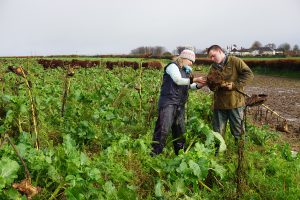
Diverse winter forages as an alternative to monocrop brassicas
The final report of an Innovative Farmers field lab in South West England (supported by FWAG) on diverse forage crops, which was formed due to concerns over damage that using winter brassica monocultures for grazing outwintering livestock can have on soil health, water and the wider environment.
Read more »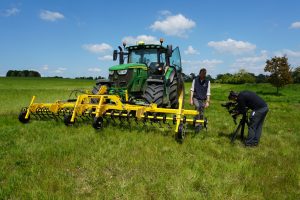
‘Down to Earth’ on the Waddesdon Estate
Four short films focusing on promoting sustainable agricultural practices being used on the Waddesdon Estate and beyond.
Read more »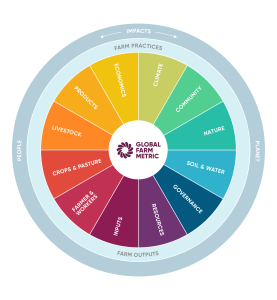
The Global Farm Metric
The Global Farm Metric framework is a common framework for all food and farming stakeholders to understand, measure and monitor farm-level sustainability.
Read more »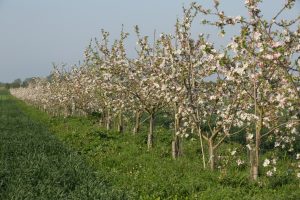
‘Next Steps with Regenerative Agriculture’ – Stephen Briggs
Footage of agroforestry pioneer Stephen Briggs imparting some of his learnings from a now well-established commercial agroforestry system.
Read more »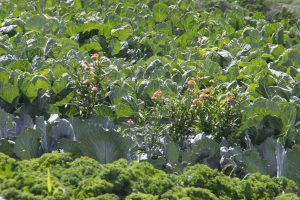
A Practical Guide to Integrated Pest Management
This guide from the Nature Friendly Farming Network covers the principles and practice of Integrated Pest Management with case studies and examples of actions.
Read more »
How to Successfully Establish Perennial Wildflower Areas
Handy practical guide to establishing perennial wildflower areas, produced as part of the BEESPOKE project.
Read more »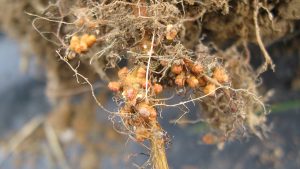
Perennial green manures – an Innovative Farmers webinar
This Innovative Farmers webinar provides an update on research into perennial green manures and opportunities to get involved in a field lab.
Read more »
Bale grazing as an effective livestock outwintering strategy
Recording of an ORFC 2024 session where members of the Pasture for Life-led, five-year, Innovative Farmers field lab on bale grazing share their insights into their out-wintering strategies.
Read more »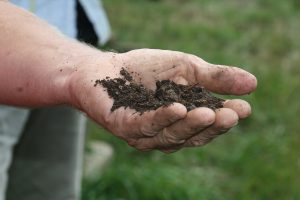
Soil health at scale
Session from 2024 Oxford Real Farming Conference featuring grower Iain Tolhurst (Tolly) and “biological nutrition” farmer Tim Parton discussing soil health at scale.
Read more »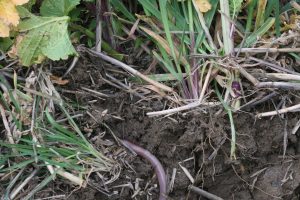
Management of clay soils to reduce impacts on water – the evidence base from Allerton Project research
GWCT briefing from Allerton Project research on measures that can
reduce negative impacts on water quality and aquatic ecology,
and potentially reducing flood risk.
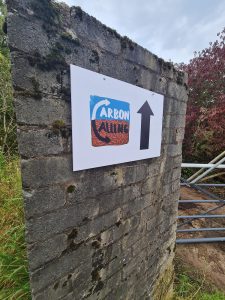
Farmers helping other farmers
Footage of Stuart Johnson, 2023 ‘Soil Farmer of the Year’ and dairy farmer Bruce Thompson speaking at Carbon Calling 2023 about farming regeneratively, reducing inputs, keeping the farm business profitable, and all things dung beetle related!
Read more »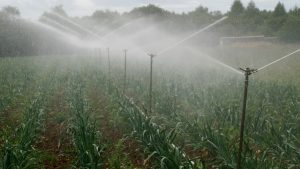
Irrigation: a guide for new growers
A practical guide to designing, installing and using irrigation systems for market gardeners.
Read more »
Making Regenerative Agriculture Pay
Video of Groundswell 2023 session organised by Agricology with experienced regenerative agriculture practitioners speaking on the challenges of making Regen Ag pay.
Read more »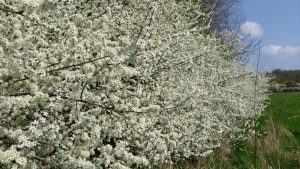
Hedge fund: investing in hedgerows for climate, nature and the economy
Independent evidence-based analysis of the environmental and economic benefits of hedgerows.
Read more »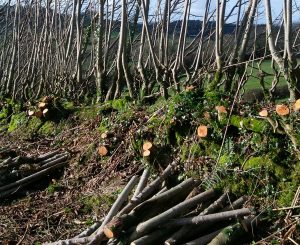
Productive hedges
Practical guidance with case studies on managing hedgerows for woodfuel and hedgerow products, as part of the farm business.
Read more »
Public Goods Tool
The ORC whole farm sustainability assessment tool offers unrivalled access to knowledge for researchers and farmers alike through an easy-to-navigate interface.
Read more »
The Basics of Soil Fertility
FiBL booklet offering a view on soil fertility from different angles to stimulate new thinking about a sustainable relationship to the soil.
Read more »
Agroecology in Action
This publication from the Landworkers’ Alliance highlights what pioneers of agroecology in the UK are doing to create a productive and sustainable agriculture.
Read more »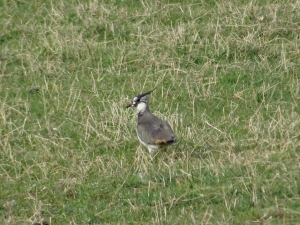
Conservation of Farmland Birds
Guide outlining the three pillars to a successful conservation approach; created to support a ‘Conservation of Farmland Birds’ workshop held at Peppering Farm in Sussex.
Read more »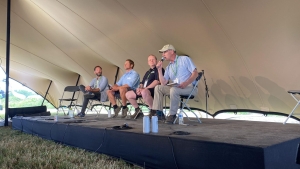
The End is Nigh, The End of Nitrogen
Footage of a discussion held at Groundswell 2022, organised by Agricology, about the impacts of reduced nitrogen use and ways in which farmers are moving away from high input systems.
Read more »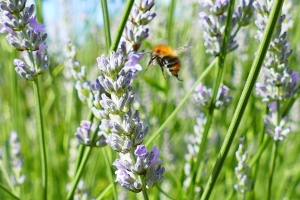
It’s not just about the bees
Organic vegetable farmer Andy Dibben puts forward the case for allowing complex insect ecosystems to develop or be proactively encouraged on farms, describing ways in which this can be done, drawing on his own extensive knowledge and emphasising the many benefits that can be had.
Read more »
Water Management and the Future
Recording of a Groundswell 2022 discussion organised by Agricology exploring water resilience; why it’s important to consider it on the farm, how it can be increased and how we can work together to create change and look after our water resources.
Read more »